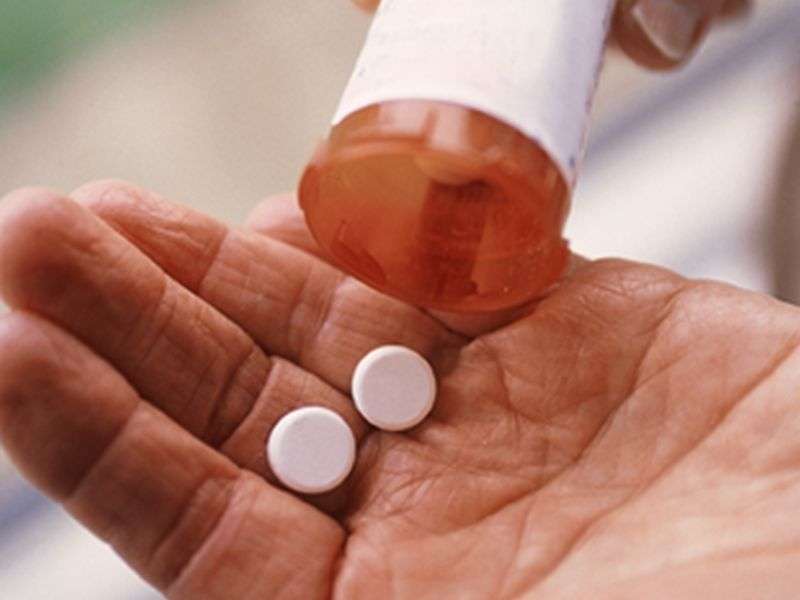(HealthDay)—Only one-in-five patients with heart failure with reduced ejection fraction (HFrEF) receive digoxin at discharge, according to a study published online Feb. 10 in JACC: Heart Failure.
Nish Patel, M.D., from the University of Miami Miller School of Medicine, and colleagues examined temporal trends and factors associated with digoxin use at discharge in an observational analysis of 255,901 patients hospitalized with heart failure. The cohort included 117,761 patients with HFrEF and 138,140 with heart failure with preserved ejection fraction (HFpEF) from 398 hospitals participating in the Get With The Guidelines-Heart Failure (GWTG-HF) registry.
The researchers found that 19.7 percent of the patients with HFrEF received digoxin at discharge; from 2005 to 2014, digoxin prescription decreased from 33.1 to 10.7 percent (Ptrend < 0.0001). In patients with HFrEF, factors that correlated with digoxin use included atrial fibrillation (odds ratio [OR], 2.14), history of implantable cardioverter-defibrillator use (OR, 1.39), chronic obstructive pulmonary disease (OR, 1.13), diabetes mellitus (OR, 1.10), younger age (OR, 0.96), lower blood pressure (OR, 0.96), and no history of renal insufficiency (OR, 0.91). In patients with HFpEF without atrial fibrillation, use of digoxin was 9.8 percent in 2005, and decreased to 2.2 percent in 2014 (Ptrend < 0.0001).
"Among patients hospitalized with heart failure from 2005 to 2014 in U.S. hospitals participating in GWTG-HF, the use of digoxin at hospital discharge decreased progressively," the authors write.
Several authors disclosed financial ties to the pharmaceutical, medical device, and medical publishing industries.
More information: Full Text (subscription or payment may be required)
Copyright © 2016 HealthDay. All rights reserved.


















